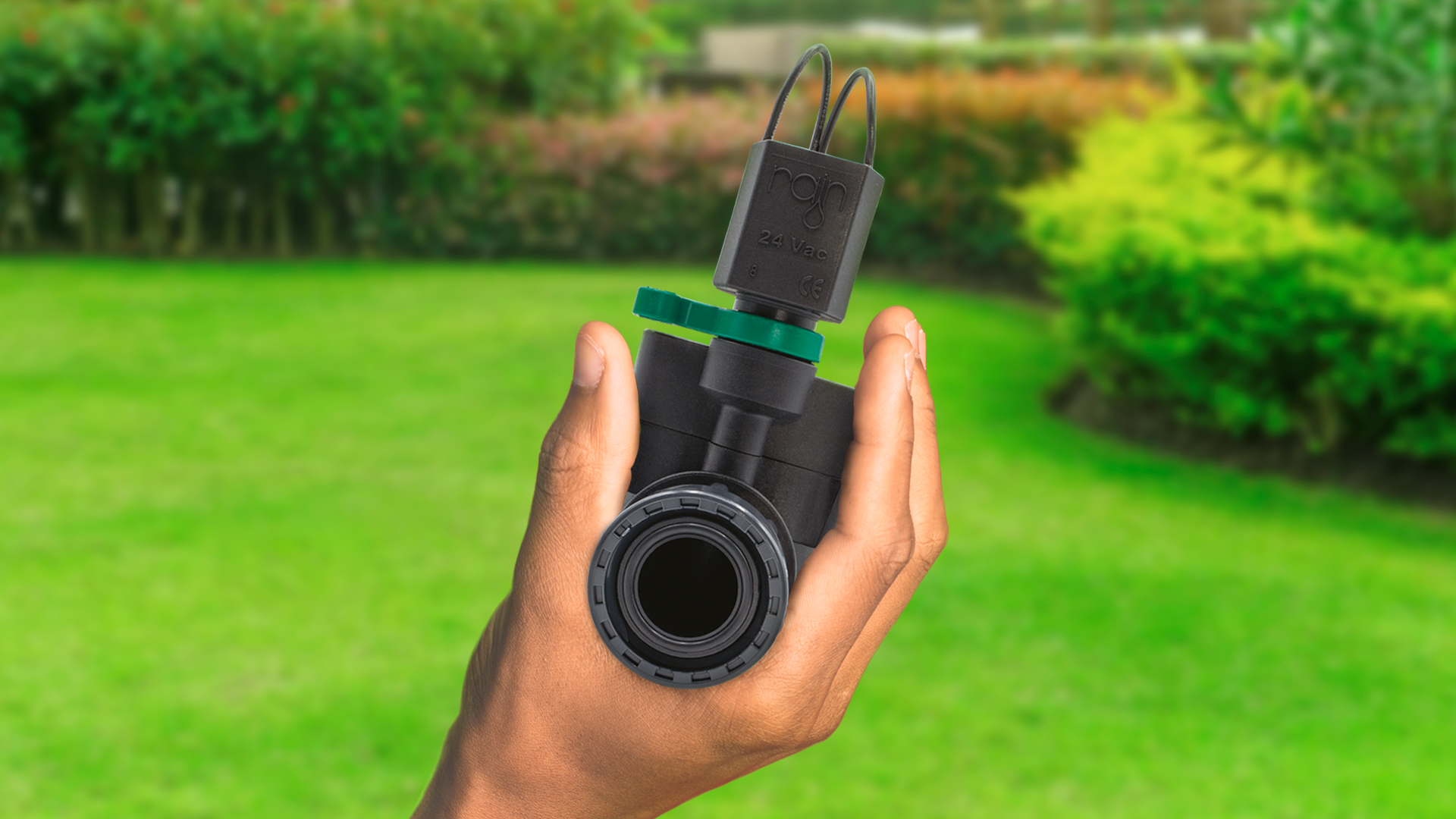
Blog
Common mistakes when installing solenoid valves and how to avoid them
28 March 2025
The correct installation of the solenoid valves is essential to guarantee the efficiency and longevity of an irrigation system. Even the best professionals can make an oversight, which is why in this post we have decided to analyse the most common mistakes in the installation of solenoid valves and, above all, how to avoid them.
1. Incorrect selection of the solenoid based on the voltage
The first mistake we want to point out is choosing the solenoid with the incorrect voltage. It is important to know that it is the solenoid that determines whether a solenoid valve works at 9Vdc or 24Vac, not the valve body. To distinguish between them, just look at the colour of the cables:
- 9Vdc solenoid: different coloured cables.
- 24Vac solenoid: both cables black.
For example, a solenoid valve purchased with a 9Vdc solenoid can be converted to 24Vac simply by replacing the solenoid with a 24 Volt one. This is only possible between valves from the same manufacturer. At Rain, we also sell an adapter that allows our solenoids to be mounted on the body of solenoid valves other than ours, expanding the configuration possibilities.
2. Incompatibility between the solenoid valve and the Controller
Another common error is installing solenoid valves with a voltage that is not compatible with that of the control unit. For example, a 24Vac valve will not receive the opening and closing signal if installed in a system controlled by a 9Vdc controller, such as our Valve box Pure Vision. It is therefore necessary to ensure that the voltage of the solenoid valve corresponds to that of the controller to guarantee optimal functioning of the system.
Installation in the wrong direction
Installing the solenoid valve in the opposite direction to the water flow is another mistake that can compromise the functioning of the irrigation system. Incorrect installation of the solenoid valve can cause malfunctions and reduce the efficiency of the irrigation system. To avoid this problem, we always print an arrow on the valve body, indicating the correct direction of water flow.
4. Failure to install filters
Solenoid valves are one of the components most subject to problems caused by debris, such as clogging, blocking and damage. The absence of a filter upstream of the solenoid valves can cause debris to deposit in the membrane or in the opening and closing mechanisms. It is therefore important to install one to avoid damage and ensure proper functioning.
5. Incorrect electrical connection to the controller
Incorrect wiring can compromise the operation of the solenoid valve. It is important to connect the solenoid wires to the appropriate terminals on the controller, following the manufacturer’s instructions. Incorrect connection can cause short circuits or prevent the valve from opening and closing.
Finally, another ‘mistake’ would be not to install Rain solenoid valves with the patented Manifold System. Our valves, equipped with a rotating ring, allow for faster installation and maintenance thanks to the direct assembly in the Valve box.
To guarantee effective installation of the solenoid valves and ensure the longevity of the irrigation system, it is essential to follow the guidelines. By following them, professionals can avoid errors and guarantee optimal functioning of the irrigation systems.
Discover the latest innovations
in irrigation systems!